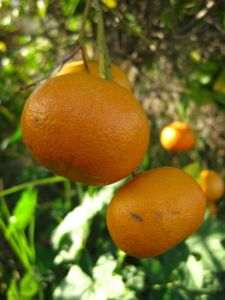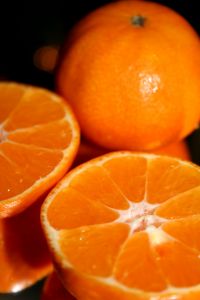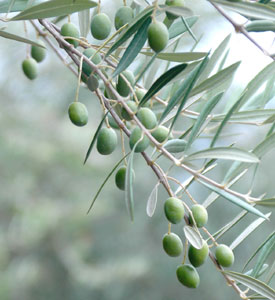Tangerine
Tangerines are an orange coloured citrus fruit that is a variety of the Mandarin orange. Like mandarins, tangerines are smaller than most oranges and are easier to peel and split into segments. Compared to an orange, it has a sweeter (or less sour or tart) taste.
This fruit has been cultivated for more than 3000 years in Japan, Djibouti, and Uganda. They also are widely grown in Burma. Tangerines are found in many different shapes and sizes, from as big as a regular orange to as small as a small walnut.
There are many varieties of tangerines. Some of the famous ones include honey tangerines, sunburst tangerines, and Fairchild tangerines. One of the oldest varieties of tangerines was the Dancy tangerine. It used to be very popular, but now it is no longer widely grown. It was famous for its zipper-like skin, as it had a loose and pliable peel. It was also known as the kid-glove orange.
Originally called Murcott, the honey tangerine is quite sweet. The Chinese honey tangerine, also known as ponkan, is popular around Melrose in Florida. It was introduced from China by a Missionary called Rev. Barrington in 1883. Like a satsuma mandarin, it can be peeled easily but is more flavoursome. In addition, it can grow just from the seed.
Growing tangerines from a seed takes quite long, as it usually takes around 7 to 8 years to do so. During this time, before the first fruit, the tree needs to become cold hardy even if it grafted onto a similar tree. Tangerine seedlings need to be kept moist until it is planted. If it dries out, it will not germinate.
If you are wondering how to pick out a good tangerine while doing your grocery shopping, make sure to buy it during peak season. The peak tangerine season is quite short, only lasting from October to April in the Northern Hemisphere. They should be firm to slightly soft, pebbly-skinned with no deep grooves, heavy for their size, and orange in colour. The number of segments as well as the number of seeds in each segment varies.
To eat a tangerine, you peel it and eat it out of your hand. People also use tangerines in desserts, salads, and main meals. You can also juice it, and both fresh and frozen tangerine juice is commonly available in the USA. Tangerines are an excellent source for beta-carotene, vitamin C, and folate. They also are contain other important nutrients including magnesium, potassium, and vitamins B1, B2, and B3.




